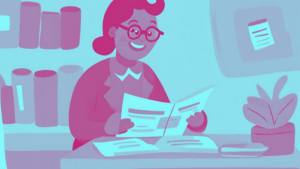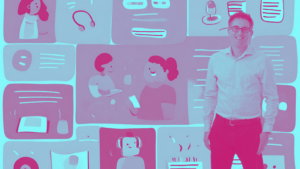The IPPN conference is the biggest conference for primary school prinicpals in Europe with over 1,100 delegates. The event, which goes on for 3 days draws in some of the biggest names in education and media, all discussing everything relating to primary schools. This year the principals were addressed by the likes of Ben Walden (http://contendercharlie.com/), former president Mary Robinson, minister for education Ruairi Quinn and a number of fantastic educators around the country. However, for those of us with an interest in 21st century learning, two highlights emerged: Lord David Puttman and Professor Michael Fullan, who both spoke about the role of the teacher in today’s classrooms. Both talks mentioned the role of technology in learning and it was interesting that both said the same thing about technology in education.
Firstly, according to them, technology isn’t the driver in the world of education – it’s the pedagogy. This may be a bit disappointing for the schools who have bought tablet PCs and stuck electronic books on them. This is focusing on technology, not pedagogy. Simply putting a load of textbooks on touchscreen devices has no pedagogical value – it only has the function of making schoolbags lighter.
Thankfully, Puttman and Fullan agree. Pedagogy will, and should always, be the priority. The real question is: can technology enhance pedagogy? The overwhelming evidence is that it most certainly does if used the right way. There are some skills that we must teach to this generation that cannot be taught effectively without technology but the centre will always be pedagogical.
A basic example of a geography lesson on the Burren might illustrate what I’m trying to say but you could replace this with any lesson in any subject. While we as teachers can tell children about the Burren and even show them pictures and photographs, the power of technology allows children to find out about the Burren for themselves. In other words, we can give the stimulus then the classroom changes so the children are learning what they need to learn. This can be done through structuring classes so that they have tasks to do and report on – i.e. problems to solve. If a child can create new knowledge or represent knowledge in a new way, this has amazing pedagogical value.
Technology can also enhance experiences through showing a helicopter view of the Burren, which saves people from getting on a bus (or a helicopter) to physically go to it but gives 99% of the experience. Technology can make things more pretty and can give instant feedback. This still keeps the focus on technology rather than learning and while there’s nothing wrong with this, the main thing teachers need to be thinking is that technology is used by the children rather than the teacher using it to teach old methodologies.
Lord Puttman suggested that a teacher from 100 years ago would quite easily fit into a classroom today whereas a surgeon from 100 years ago would be lost in a theatre today. This analogy, I believe, means that we’re doing something wrong. We know that children learn differently today so we need to update the way school works.




0 thoughts on “Technology and Pedagogy – not a chicken and egg”
Pedagogy and Technology, two different terms that we’re explored and discussed predominantly on this conference. Thanks for sharing this experience with us.